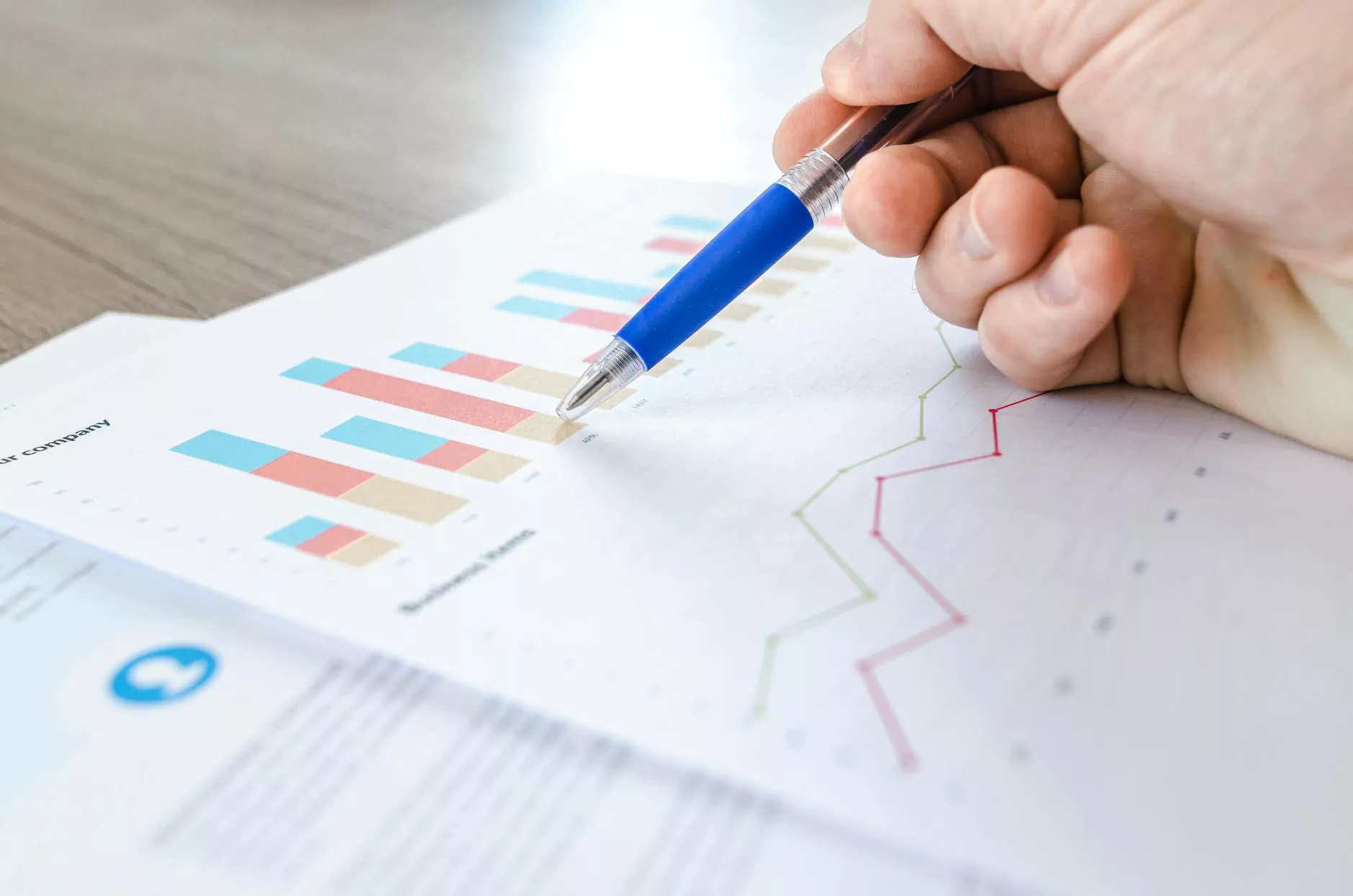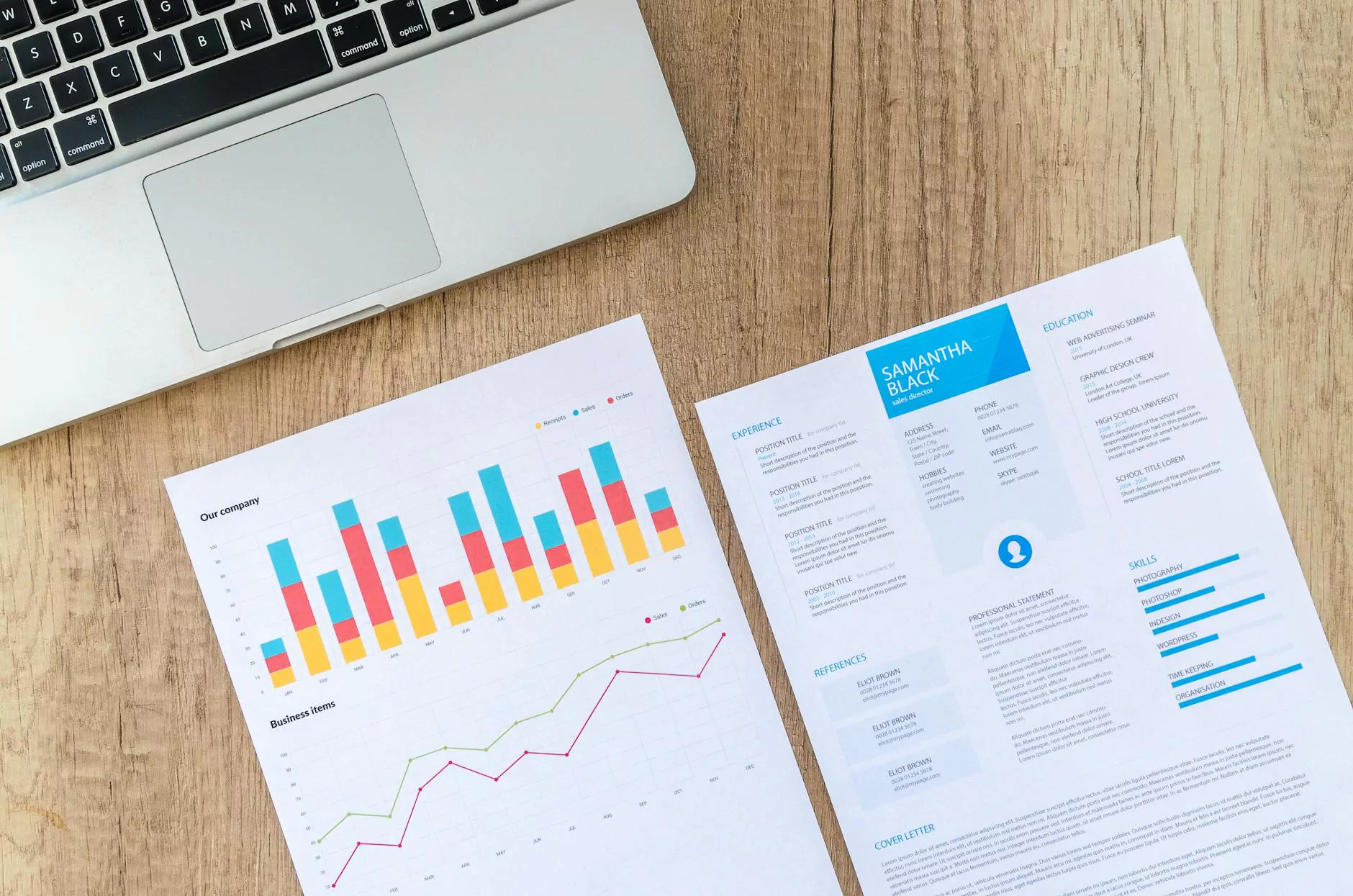6 Ways Internal Linking Helps SEO
Blog
As a business in the Business and Consumer Services industry, you understand the importance of SEO (Search Engine Optimization) to improve your website's visibility and attract more organic traffic. One often overlooked aspect of SEO is internal linking. Internal linking, the practice of linking to pages within your own website, can have a significant impact on your search engine rankings. In this article, we will discuss six ways internal linking can help boost your website's SEO.
1. Improved Website Navigation
Internal links serve as pathways for search engine crawlers to navigate your website. By strategically linking relevant pages together, you create a clear navigation structure that search engines can easily understand. This improves the user experience and helps search engines index your website more efficiently.
2. Increased Page Authority
When you link to a specific page from multiple internal sources, you send a signal to search engines that the linked page is important. This helps increase the page authority of the linked page, making it more likely to rank higher in search results. By strategically linking to your key landing pages, you can enhance their visibility and drive more organic traffic.
3. Keyword Relevance and Anchor Text
Internal linking allows you to use keyword-rich anchor text to describe the linked page. Anchor text is the visible and clickable text in a hyperlink. By using relevant keywords in the anchor text, you provide additional context and relevance to search engines. This helps search engines understand the content of the linked page and can positively impact its ranking for those keywords.
4. Increased Time on Site and Lower Bounce Rate
When you include internal links within your content, you encourage visitors to explore more pages on your website. This increases their time on site and lowers the bounce rate. Search engines interpret a low bounce rate as a positive signal, indicating that visitors find your content valuable and engaging. By strategically placing internal links in your content, you can keep visitors on your site longer and improve your SEO performance.
5. Enhanced User Experience
Internal linking improves the overall user experience of your website. By providing helpful links to related content, you guide users through your website, making it easier for them to find the information they need. This not only keeps users engaged and satisfied but also encourages them to return to your website in the future. The positive user experience can help improve your search rankings.
6. Distribution of Page Authority
When you have a highly authoritative page on your website, you can leverage internal linking to distribute its authority to other pages. By linking from the authoritative page to other relevant pages within your site, you pass on some of its credibility and help those pages rank higher. This technique, known as link juice distribution, can significantly improve the visibility and SEO performance of your entire website.
Final Thoughts
Internal linking is a powerful SEO strategy that should not be overlooked. By incorporating internal links strategically within your website, you can improve navigation, increase page authority, enhance keyword relevance, boost user experience, and distribute page authority effectively. At Website SEO Group, we specialize in providing expert SEO services for businesses in the Business and Consumer Services industry. Contact us today to learn how we can help optimize your website's internal linking and improve your SEO performance.










